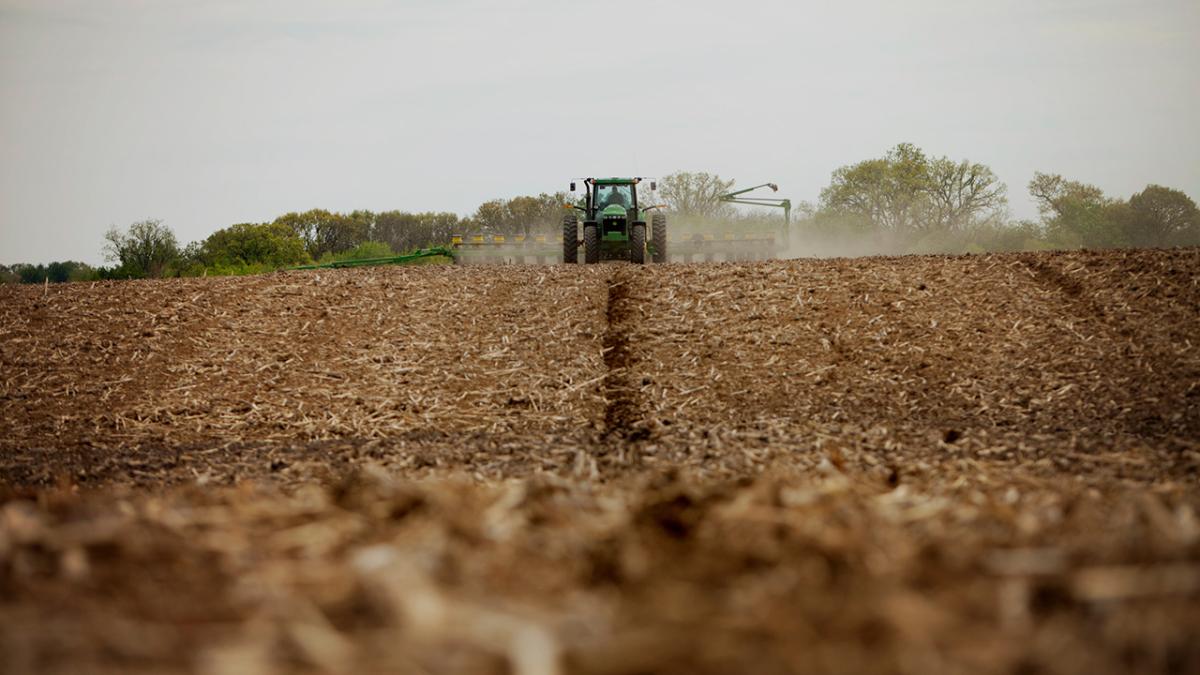Real Ag Stock
This column was first published by Nebraska Farmer on Feb. 8, 2024, and is excerpted here with permission.
Crop producers face a March 15 deadline for decisions on two important safety net tools — commodity programs and crop insurance programs.
This column has covered the ongoing farm bill debate and the annual commodity program decision between Agricultural Risk Coverage and Price Loss Coverage several times over the past year.
It has also addressed the broad crop (and livestock) insurance program available to producers with substantial federal support. A couple of current developments provide a reminder of the role of both programs and the choices ahead for producersProducers must elect ARC or PLC for 2024 by March 15 at the USDA Farm Service Agency office, or they will have to keep the same election they had in 2023.
There are reasons to study the ARC-versus-PLC decision closely as changing prices over the past few years mean changing safety net levels for both ARC and PLC in 2024. The relative support levels provided by the two programs may be closer this year than they have been either way in past years.
PLC is up
The effective reference price for PLC for corn in 2024 is $4.01 per bushel, up substantially from the $3.70 statutory reference price, due to the formula included in the 2018 Farm Bill that raises the reference price when the moving average price climbs high enough.
By comparison, the “effective” ARC price for corn for 2024 is $4.17 per bushel, the price point at which the ARC program would kick in for revenue losses assuming no yield loss from benchmark yields. (ARC pays for revenue losses below 86% of the benchmark revenue based on moving average benchmark yields and prices.)
Those effective protection levels would take a 10% price loss to trigger PLC or a 7% revenue loss to trigger ARC from current projections based on fall 2023 price projections for 2024 from the Food and Agricultural Policy Research Institute and benchmark yields.
The comparison for grain sorghum and soybeans shows a similar calculation, where ARC may require a smaller loss to trigger, while PLC may require a smaller loss for wheat.
That comparison helps to define the decision between ARC and PLC for producers, but it ignores the potential impact of the Supplemental Coverage Option, a county-based insurance policy that can add on top of the producer’s underlying insurance coverage.
SCO coverage is based on the underlying policy (yield or revenue) and covers losses from 86% down to the underlying protection level purchased by the producer. If the producer purchased RP or RP-HPE coverage at 75%, SCO would cover the band from 86% down to 75%, but base it on county-level revenue results, not farm level.
In that way, SCO mimics the protection provided by ARC at the county level (ARC-CO), which protects from 86% to 76% based on county-level revenue results. Given that SCO and ARC-CO look similar on paper, the original legislation approving SCO limited its use only to producers not enrolled in ARC.
